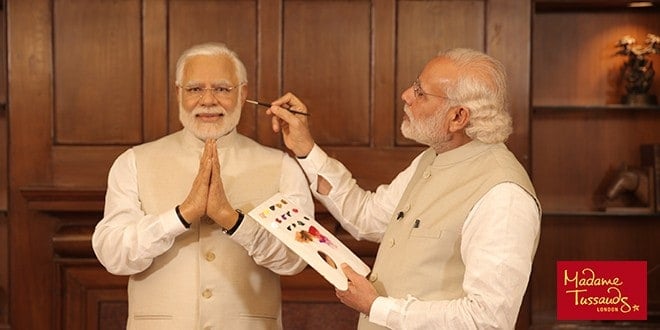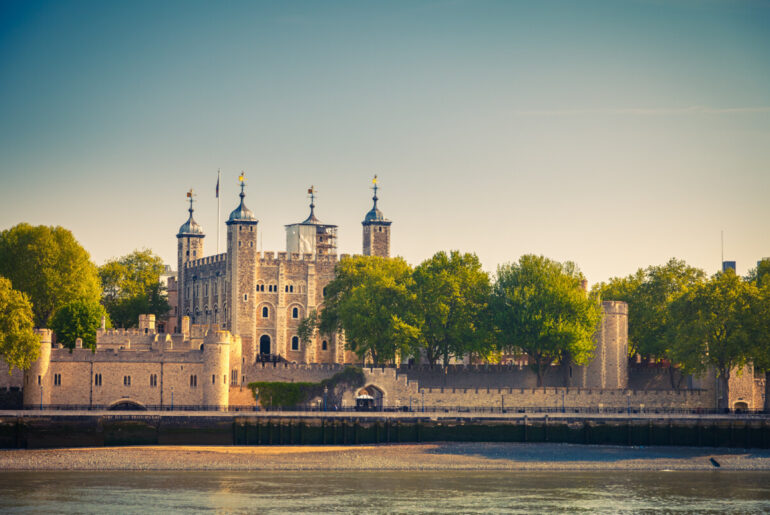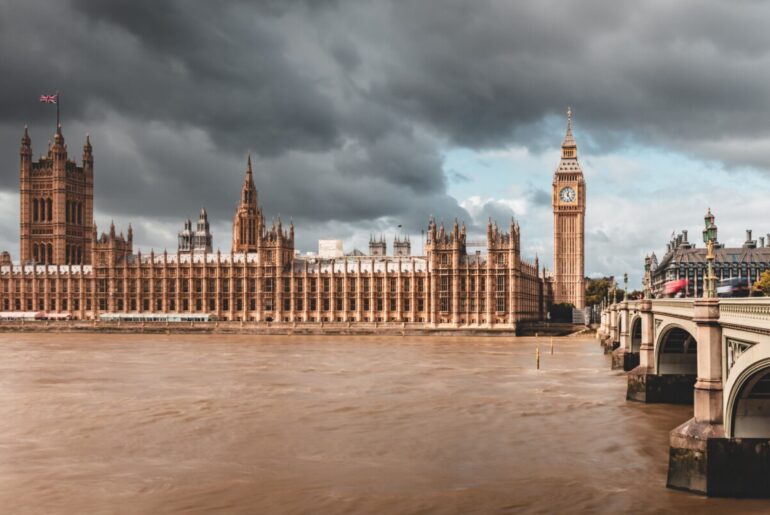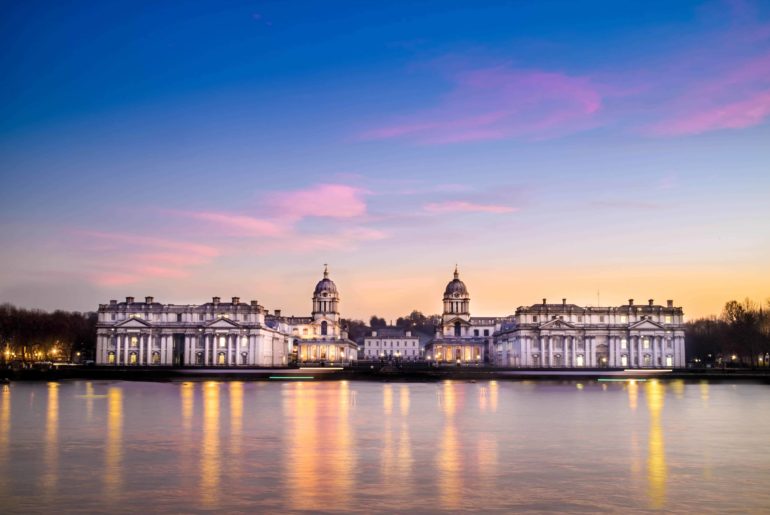It’s probably the only place in the world where you can take a picture with His Majesty The King, chat with Brad Pitt and Angelina Jolie, and shake hands with Barack Obama in one day. The home of famous fun, Madame Tussauds, is one of London’s leading attractions where you can meet and take selfies with all your favourite celebrities in one building.
Okay, maybe that’s not entirely true. They’re just waxworks. But considering they look so real, you still have a slight chance of convincing your friends and family that the photo of you hugging Kanye West is legitimate.
Nowadays, it’s almost an honour to be invited for a sitting at Madame Tussauds, where you’ll have around 250 measurements taken, then immortalised in wax and added to a room of famous historians, world leaders, celebrities, and criminals.
But that wasn’t always the case. During the French Revolution, aristocrats – whom we could compare to modern-day celebrities – hated the thought of ending up in Madame Tussauds. Why? Well, it often meant they’d have lost their heads in those days!

A business built out of beheadings
Marie Grosholtz, born in 1761, better known as Madame Tussaud, was born into a family of public executioners. Her mother, a widow, was the housekeeper of the famous anatomist and wax maker Philippe Curtius. He taught Marie all there was to know about the art of wax sculpture.
It turned out Grosholtz had a natural talent for the craft and was invited to join the Royal Court in Versailles to tutor art to King Louis XVI’s sister, Madame Elizabeth. She sculpted perfect waxworks of many notable figures of the time, including Francois Voltaire and Benjamin Franklin.
Rumour has it that shortly after the onset of the French Revolution, Marie began creating plaster casts and death masks of beheaded victims of public executions, many of whom she knew personally. Some were even her own friends.
Anyway, Marie and her Mother were eventually thrown into prison. The Madame Tussauds website states they were “forced to prove her allegiance to the Revolution by making death masks of executed nobles and the King and Queen.”

And she did just that, crafting moulds out of hundreds of severed heads, including Queen Marie Antoinette and Maximilien Robespierre. These ‘death masks’ were known as revolutionary victories and were paraded through the streets of Paris. In her memoirs, Tussaud said she “sat on the steps of the exhibition, with the bloody heads on her knees, taking the impressions of their features.”
Creepy creations
Marie eventually left France and toured across Europe, showcasing her collection of decapitated waxworks. In 1795, she married Francois Tussaud, and her slightly creepy travelling show became, as it’s known today, ‘Madame Tussauds’.
When her husband left her, she settled in London and opened a waxworks business. She set up a room showcasing her historical and royal figure waxworks and created the ‘separate room’, home to her eerie death masks.
It was later renamed the ‘Chamber of Horrors’, which still exists today. Unfortunately, the museum was partially destroyed by fire in 1925, and over 300 of Tussaud’s original waxworks were lost.

The Tussauds of today
No wax museum can quite live up to the astonishing story of Marie Tussauds and her creepy creations. However, the Madame Tussauds Museum on Baker Street, London, is now one of the most iconic tourist attractions in the country.
There are 14 zones, combining glitz and glamour with deep history and culture. Home to over 300 wax figures, it’s the perfect place to get a snap with your favourite movie star or singer, give Prince Harry a cuddle and say hello to the King.
We think it’s well worth a visit, so we’ve put together the Merlin Magical Pass, which gives you access to London’s top attractions – what are you waiting for?






